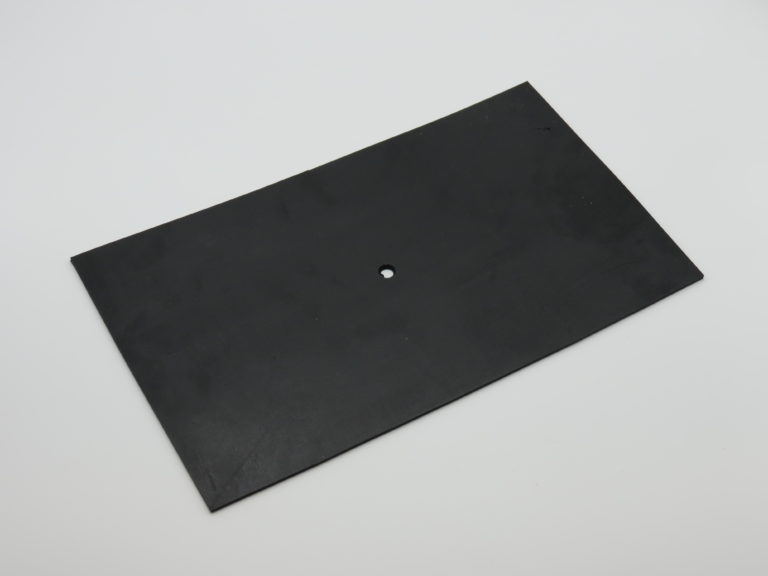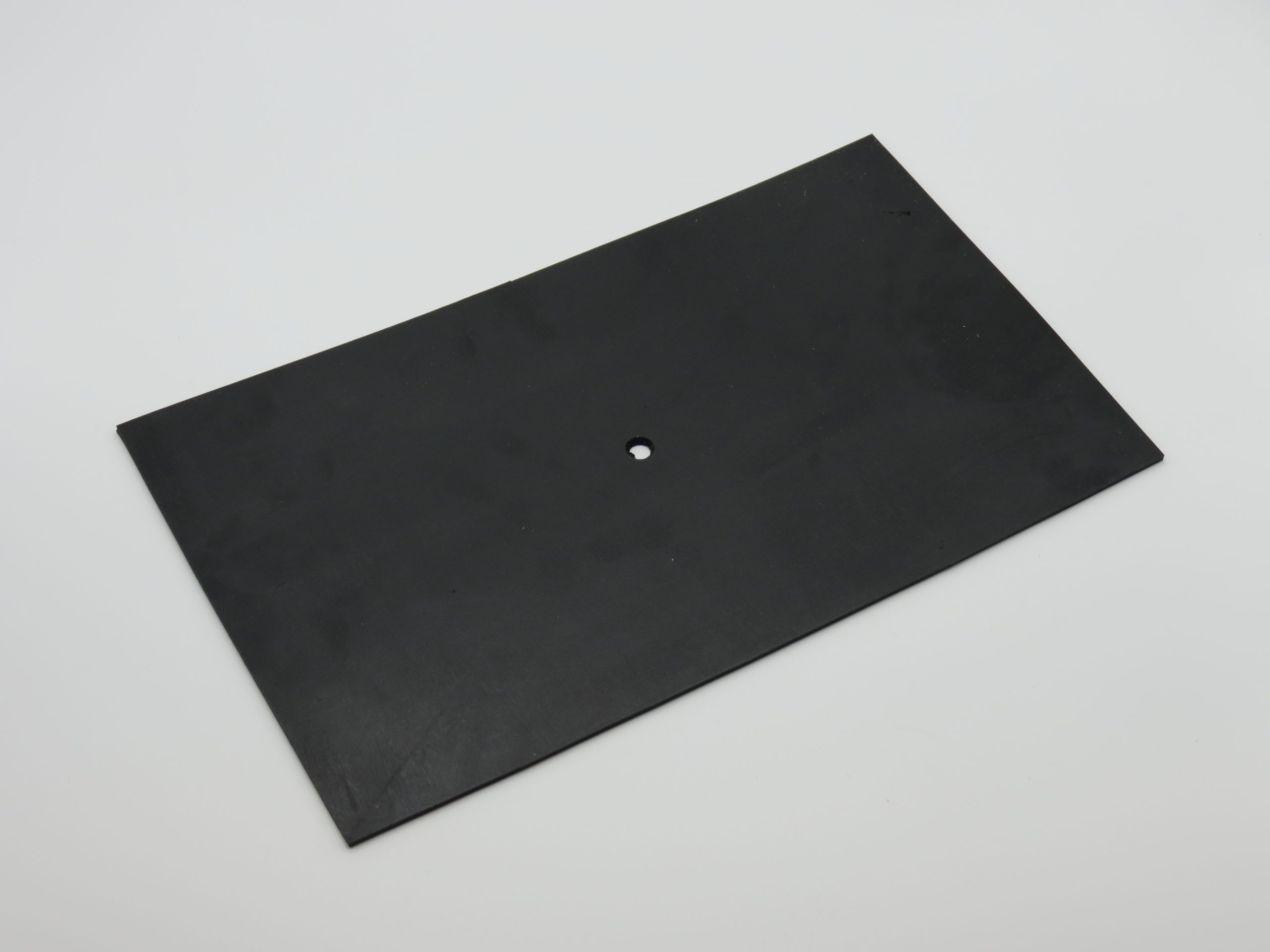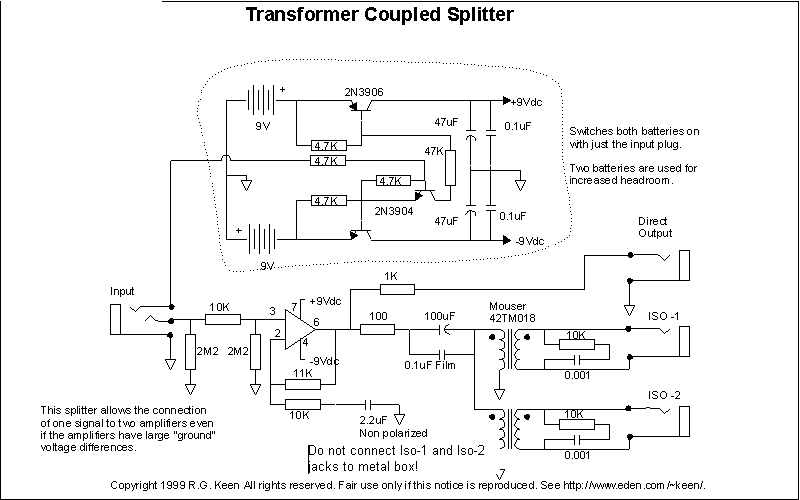

Low Voltage Chassis Mount (185 Series) - Hammond Mfg.

I used a x10 rule and bought Hammond 185G230 transformers rated at 175 VA. My Blue Ray play player (with a motor), DAC and Preamp dissipate about 8 to 12 Watts each. If the power amp is switched on, spiking noise shows up on the supply rails of the preamp. But my power amp has a big old humming E core transformer. So if another piece of audio equipment is plugged into the same outlet,įor example, if I look at the supply rails of my preamp on a scope, things are OK. Transformers with low capacitive coupling between the primaries and secondaries seem to filter out some of this spiking noise.Į core transformers with dual bobbins have low capacitive coupling.Īlso, I've noticed that audio equipment can also put noise back on the hydro line. This seems to be very difficult to filter out. It seems the most objectionable noise on the hydro lines is spiking, often caused by local motors and switch mode power supplies We'll deal with the overshoot issue later! So, it's important to choose the tranny according to ones load. Some gear, say a 10va DAC might have some problems with 132V. Typical is 10% regulation on the average.įYI, this would mean no load Secondary Vout would be 132VAC from 120 mains.īy adding some load say 250VA or 1/2 the tranny's rating would bring the Vout to 126. We can always add some small trannies(185) wired in BP, or filtered BP mode fed by the 171. You can get up to 6dB of noise reduction from just an ISO. If you go over the rated VA, the voltage will start to drop and the Temp will start to rise.Ī power strip would be good for testing as you can stick you probes into one socket and test for Vout. Do check the LOAD of each piece of your gear-the back sticker for WATTAGE. Plug that pup in the wall and your gear into it.
#DIY ABC BOX WITH ISOLATION TRANSFORMER ISO#
You won't know which is N or L, with an ISO trannyĪs for the Hammond it's designed specifically for ISOLATION. Measure them with a load- power strip and a light bulb, then note the voltages. If grounded boths would/should be equal 1/2 the total. The wacky voltages means the center tap is not grounded. The bottom line when working on with ANY electrical equipment is if you don't know, don't! Make sure the tube is discharged before removing the high voltage lead.
#DIY ABC BOX WITH ISOLATION TRANSFORMER TV#
(However, you shouldn't really be measuring the 25Kv with a scope anyway )įYI, Most modern TV tubes are also the capacitor used for filtering the flyback, and even when off can be charged to 25kV.

Most transformers are only rated for a couple of KV isolation. If your transformer is rated for 2kV isolation, it is possible for the 25kV to actually blow through the isolastion transformer. TV picture tubes usually run around 25 kilo volts. Again, you need to be careful.Īlso keep in mind that sometimes even an isolation transformer isn't enough. Usually, the equipment can be isolated, and then use the test equipment ground to move the ground potential where ever it is needed. However, if done carefully, higher voltages can be floated. (This is probably because 30V is considered safe). Somewhere on tektronix web site, they specify you can float scopes by +- 30V. Usually when floating test equipment, it best to measure the level of float voltage before you start, unless you know what it is. However, you need to be aware of the risks involved. They are autotransformers and provide NO isolation from the AC power system at all. NEVER use a variac in place of an isolation transformer. If you plug the scope into an isolation transformer, you break the DC connection from scope ground back to AC power system ground, and the measurement can be made safely. It will certainly screw up the measurement. Sometimes a circuit has a DC bias on the "ground" side and if you connect the ground of a scope probe to it, it will short the DC supply and maybe damage or destroy the circuit under test. Isolation transformers are also used on test equipment when you need to make a measurement that is not referenced to ground. Without the transformer, if he were to simultaneously touch a "hot" chassis and a grounded piece of test equipment, he would receive a nasty shock. In this situation, the isolation transformer is used to protect the technician doing the work. These are used when working on AC/DC type radios and TVs Which have no transformer and therefore can have a "hot" chassis depending on how you plug them in to the power outlet on the wall. It is simply a 1:1 transformer (usually same output voltage as input voltage). An isolation transformer is used to remove the DC ground connection to the AC power supply lines.


 0 kommentar(er)
0 kommentar(er)
